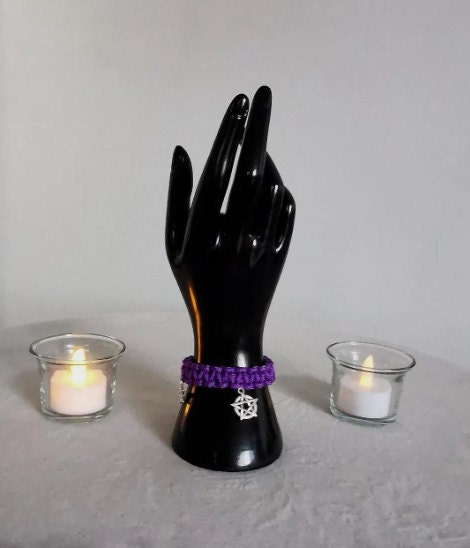Paracord was first developed in the 1940s for use in military parachutes. It was designed to be lightweight yet strong enough to withstand the stresses of a parachute deployment. Soldiers quickly recognized the value of this versatile cord for purposes beyond parachuting, leading to its widespread adoption. After the war, paracord found its way into outdoor recreational activities, survival kits, and everyday carry gear due to its excellent tensile strength and flexibility.
Paracord is typically made of nylon and consists of a core of multiple strands surrounded by a woven nylon sheath. The most common type of paracord, known as 550 paracord, has a minimum breaking strength of 550 pounds. This strength comes from its construction; the inner strands contribute to flexibility and strength, while the outer sheath provides durability and abrasion resistance.There are various types of paracord available, including:
550 Paracord: The standard type, suitable for most applications.
Type III Paracord: Usually composed of seven inner strands and a breaking strength of 550 pounds.
Type IV Paracord: Heavier duty with a higher tensile strength, accommodating more substantial tasks.
Commercial Grade Paracord: Slightly lower quality and strength but still suitable for basic applications.
Each type of paracord has its place, depending on the level of durability and strength required for the task at hand.
Paracord provides an array of uses, making it an indispensable tool for outdoor enthusiasts and survivalists. Here are some of the most popular applications:
In survival situations, having paracord can be a lifesaver. It can be used for:
Building Shelter: Paracord can help tie branches or tarps together to create makeshift shelters.
Fishing Line: The inner strands can be extracted and used as fishing line in emergencies.
Tourniquets: Paracord can be improvised into a tourniquet to help stop serious bleeding until medical help arrives.
Hiking and Climbing: It can be used to secure gear, like tents or backpacks, or to create makeshift harnesses.
Paracord is widely used in various outdoor activities such as:
Camping: It can secure tents, gear, and tarps, ensuring stability in windy conditions.
Hiking: Hikers often carry it in their packs for repairs or emergencies.
Fishing and Boating: Paracord is useful for creating lines for securing boats or lures.
Crafters have embraced paracord for its flexibility and vibrant colors. Some popular crafting projects include:
Bracelets: Paracord bracelets are trendy and can be uncoiled for emergency use.
Lanyards: Stylish lanyards can be made for keys, ID cards, or tools.
Belts and Leashes: Custom belts and leashes can be woven from paracord, combining fashion with functionality.
Strength and Durability: Paracord can withstand considerable weight and pressure, making it useful for tasks requiring reliable strength.
Lightweight: It is easy to carry and won’t add significant weight to your gear.
Weather Resistant: Most paracord is resistant to water and UV damage, making it versatile in different environments.
Multi-Functional: Its various uses—ranging from survival and outdoor activities to crafting—make it a valuable addition to anyone’s gear.
Customizable: Available in numerous colors and patterns, paracord can be selected to match personal preferences or specific needs.
As paracord has gained popularity, new and innovative uses have emerged. Some creative applications include:
Fashion: Designers incorporate paracord into jewelry, belts, and accessories, providing a rugged aesthetic to everyday style.
Home Décor: Paracord can be used to create decorative items like wall hangings, plant hangers, and more.
Educational Projects: Paracord is often featured in educational programs addressing survival skills, knot-tying, and teamwork.


